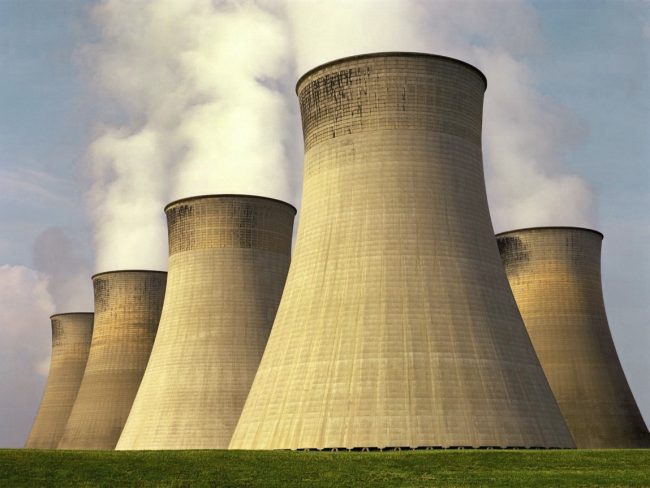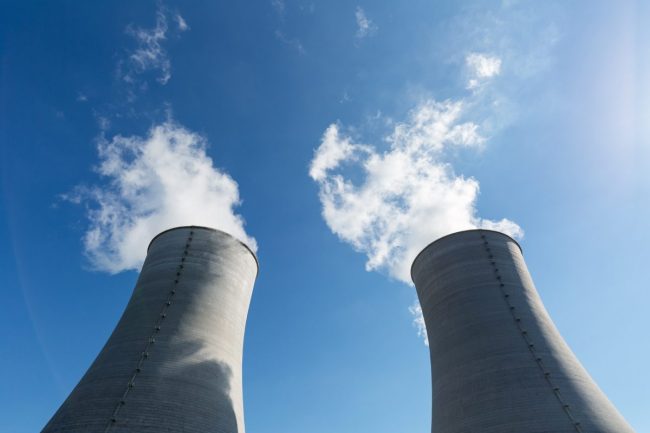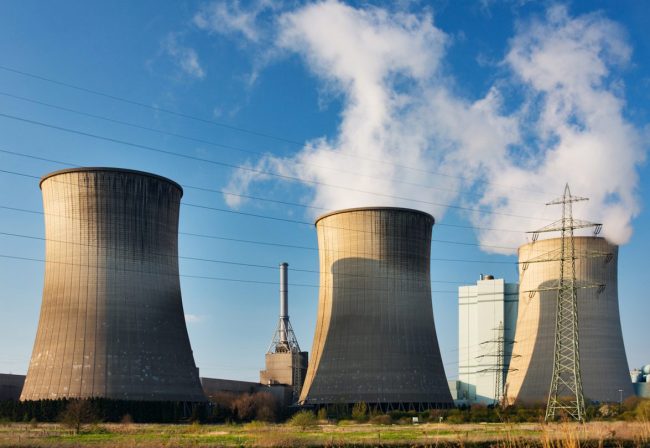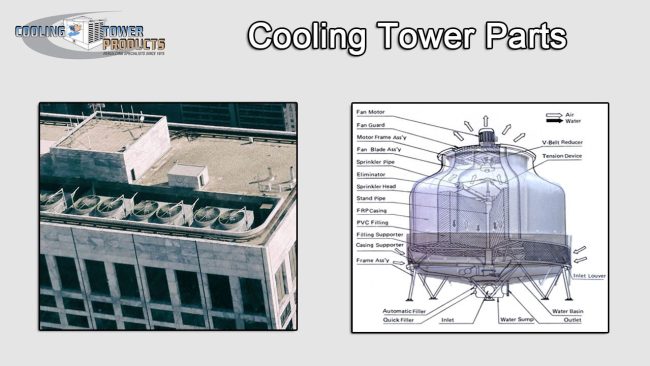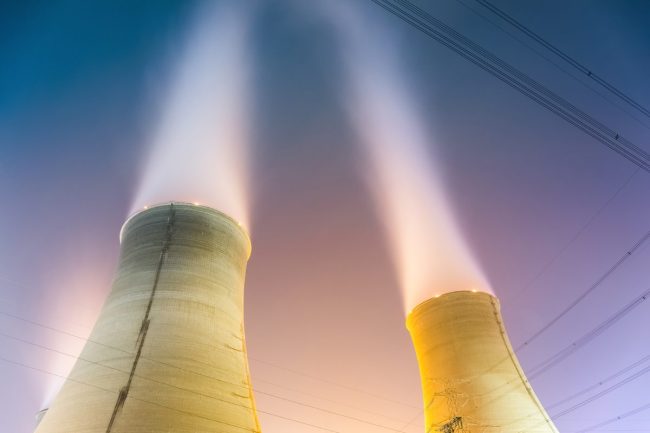Is it Safe to Live Near a Cooling Tower?
Living near a cooling tower is generally considered safe as long as proper maintenance and operational practices are followed. Cooling towers are used in industrial and HVAC (Heating, Ventilation, and Air Conditioning) systems to dissipate heat from processes or buildings by evaporating water. Here are some considerations: Before moving near a cooling tower, it’s wise…

